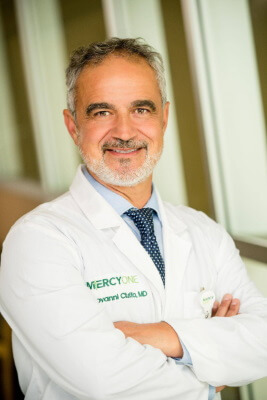Heart surgery is one of the most sophisticated and complex types of surgery. It is demanding and requires an excellent team of physicians, assistants, and support personnel. Minimally invasive heart surgery significantly decreases the amount of trauma and damage to the patient and makes for a much easier recovery.

Mother and Daughter – Heart Surgery Recovery
What is Bloodless Heart Surgery?
Related to advances in heart surgery, bloodless surgery has made great strides since the 1990s. Instead of using transfusions to replace blood lost during surgery, great efforts are made to reduce bleeding during surgery and harmonic scalpels clot blood while cutting tissue. Hemostatics stop bleeding before, during, and after surgery. Bleeding vessels can be sealed by an argon beam coagulator. Also, what blood is lost during the procedure is collected and returned to the patient’s circulatory system.
Bloodless surgery avoids complications of transfusion, including disease (negligible risk), depression of immune system function, allergic reaction to additives in stored blood, and inflammatory response. Avoiding transfusions can make for a better recovery after heart surgery.
Combining minimal blood loss with minimally invasive heart surgery can give excellent results for recovery, even with elderly or frail patients, who would have been a poor risk with earlier kinds of techniques. Still, the doctor’s skill and experience are important factors in how well the surgery, and the recovery, go.
Does This Surgery Cause Scarring?
Usually, minimally invasive heart surgery is done with a two-inch incision between the ribs. So, unlike earlier versions of heart surgery, bones do not have to be broken to gain access to the heart. Given time after surgery, the scar can fade to where it is not noticeable. Recovery from heart surgery can be surprisingly uneventful. After surgery, the incision site is numbed with local anesthetic. Initially, patients usually have breathing assisted by a ventilator (while unconscious), then are woken, and the breathing tube removed.
What Is Bloodless Heart Surgery Recovery Like?
Just one day after surgery, patients are often awake, alert, and comfortable. Bloating and constipation can occur as side effects of anesthesia. At this point in heart surgery recovery, any chest tubes, catheters, and monitor lines are removed. Patients are encouraged to sit, stand, and get out of bed. Patients can be moved to a private room, too, and are encouraged to start walking and practice deep breathing.
After several days, most patients have a decent appetite and are into full recovery. Patients are able to walk better, and many can even be discharged at this point. If they are still weak, or need to heal a bit more, another two to three days of rehabilitation is appropriate. Finally, patients are discharged and receive prescriptions and instructions. Also, an appointment is made for a follow-up visit.
If you have questions or want more information, you may contact Dr. Ciuffo at the Minimally Invasive and Bloodless Heart Surgery Center.

